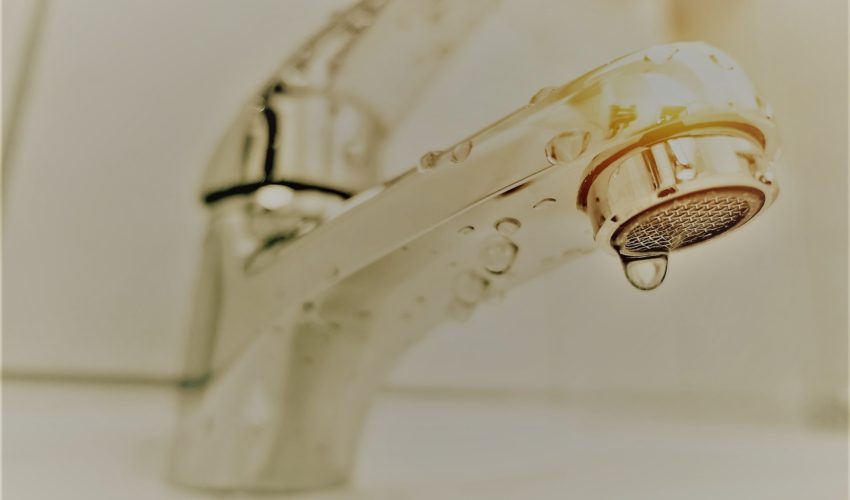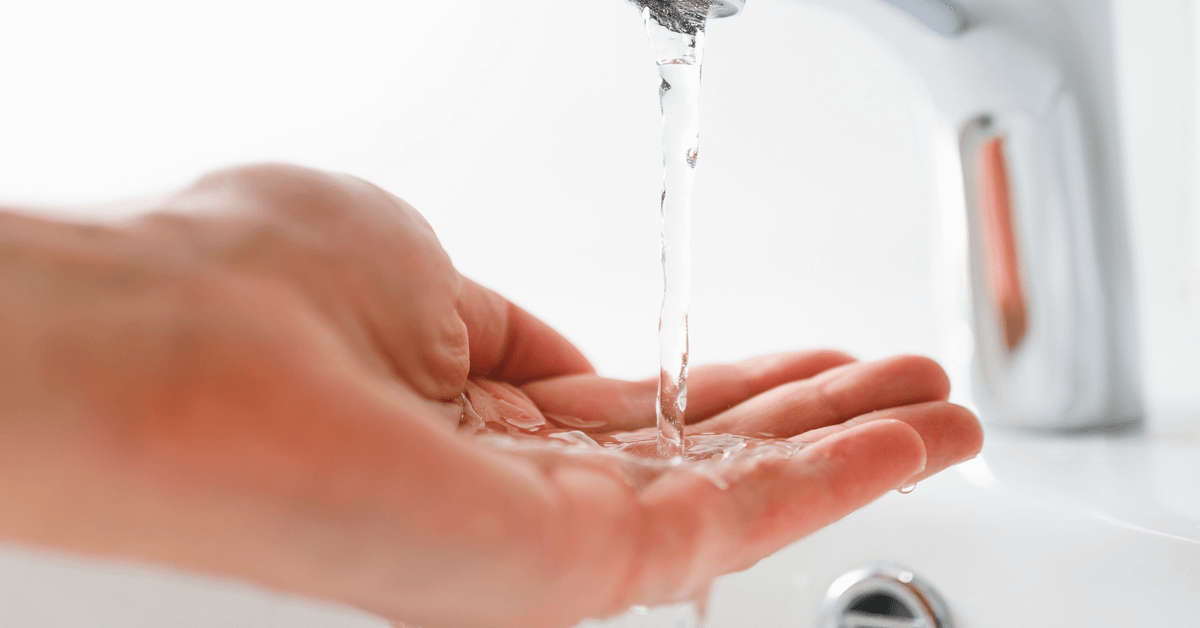Your Complete Manual to Resolving Low Water Pressure in Your Home
Your Complete Manual to Resolving Low Water Pressure in Your Home
Blog Article
Nearly everybody is bound to have their own unique assumption involving Dealing with Low Water Pressure in Your Home.

Low water pressure in your house can be a discouraging trouble, influencing whatever from showering to washing meals. If you're experiencing weak water circulation, there are several possible causes and solutions to discover. In this overview, we'll review common reasons for low water pressure and useful steps to address the problem effectively.
Intro to Low Tide Pressure
Low tide pressure happens when the flow of water from your taps, showers, and other components is weaker than common. This can make daily jobs extra challenging and much less efficient. Comprehending the causes of low tide pressure is important to finding the appropriate service.
Common Sources Of Low Tide Stress
Pipeline Obstructions
With time, pipelines can come to be blocked with natural resource, sediment, or particles, restricting the flow of water. This is an usual concern in older homes with galvanized steel pipelines.
Deterioration
Deterioration within pipes can result in leakages and decreased water stress. Rust buildup can constrict water flow, specifically in aging plumbing systems.
Faulty Stress Regulators
Stress regulatory authorities are accountable for maintaining consistent water stress in your house. If they malfunction, it can cause low water stress or unequal flow throughout your house.
Municipal Supply Of Water Issues
Often, the issue lies outside your home. Municipal water system problems, such as main line leakages or upkeep work, can temporarily decrease water stress in your area.
Just How to Diagnose Low Tide Stress
Inspecting Faucets and Components
Start by checking the water pressure at different faucets and fixtures throughout your home. If the concern is separated to specific areas, it might indicate localized troubles.
Evaluating Pipes
Evaluate visible pipelines for indications of leakages, rust, or obstructions. Take notice of any unusual sounds, such as knocking or rattling pipelines, which could suggest concerns within the plumbing system.
Consulting with a Plumber
If you're unable to identify the source of low water pressure, consider working with an expert plumber to carry out a comprehensive examination. They can recognize underlying problems and recommend appropriate remedies.
DIY Solutions to Repair Low Tide Stress
Cleaning Up Aerators and Showerheads
Mineral deposits can accumulate in aerators and showerheads, lowering water flow. Get rid of and clean these elements consistently to boost water pressure.
Flushing Water Heater
Debris buildup in the water heater can limit circulation and reduce performance. Purging the storage tank regularly assists remove debris and keep optimal performance.
Checking Stress Regulator
Guarantee that the stress regulator is working properly. Adjusting or replacing the regulatory authority can help bring back proper water stress throughout your home.
Clearing Up Clogs in Piping
For minor clogs, attempt utilizing a plumbing serpent or chemical drainpipe cleaner to clear blockages in pipes. Be cautious when using chemicals and follow safety guidelines.
When to Call a Specialist Plumber
If do it yourself initiatives stop working to deal with the issue or if you believe considerable plumbing issues, it's ideal to look for support from a licensed plumber. They have the know-how and devices to address complex issues securely and properly.
Preventive Measures to Maintain Water Stress
Regular Upkeep
Set up regular upkeep for your plumbing system to prevent concerns such as deterioration, leakages, and blockages. Attending to small troubles early can assist stay clear of even more considerable fixings later on.
Setting Up a Stress Booster
Think about installing a pressure booster pump to improve water stress in locations with regularly low flow. This can be specifically helpful for multi-story homes or homes with high-demand fixtures.
Monitoring Water Use
Bear in mind water usage practices and avoid ill-using the plumbing system. Straightforward adjustments, such as shocking showers and washing tons, can assist maintain ample water pressure.
Conclusion
Dealing with low tide stress can be irritating, however recognizing the underlying causes and implementing proper services can recover optimal flow throughout your home. Whether it's cleansing aerators, examining pipes, or consulting with a plumber, taking positive steps can make sure a steady supply of water for your daily needs.
HOW TO FIX LOW WATER PRESSURE IN YOUR HOUSE (EXPERT GUIDE)
The morning shower lacking any real pressure? Bathtub taking hours to fill? Or maybe you’re dissatisfied with the inadequate performance from your combi boiler?
Then you, like millions of others across the UK, might be experiencing low water pressure.
Fortunately, the good news is that you don’t have to continue living this way. The cause of low water pressure in the home is often quite simple, and you may not even require a plumber to fix the problem.
What causes low water pressure in the house?
If you are experiencing issues with water pressure throughout your home, then you may have one of the problems outlined below.
Most of these problems can be fixed quite easily, but for others, you may need to contact a plumber.
Obstructed Shutoff Valve
If you’ve just bought a new home or recently had building work conducted on your property, there is a chance that your water valves were not fully opened.
If the water valve is partially closed, then you may be restricting the amount of water entering your home. To fix this, simply ensure the valve is fully open.
If the valve appears fully open but you are still encountering reduced water pressure, then the valve may be broken. If this is the case, do not under any circumstances try to fix it without proper training.
Often found under your kitchen sink, a water valve will usually look like a bright yellow handle.
Again, if you believe the water valve is broken, contact a plumber immediately.
Leaks in Your Water Pipes
Leaks are the worst-case scenario when it comes to low water pressure.
If the water pipes are damaged, then this will cause low water pressure, as not all the water will make it to your taps.
After you’ve checked to see if the valve is fully open, you can conduct a leak check of your home. Now, this may seem scary, but it is actually quite simple.
Clogged Water Pipes
Clogged water pipes are one of the most common causes of low water pressure.
These clogs usually build-up when your home is supplied water via iron pipes. Iron is particularly vulnerable to rusting which can then break off and cause an obstruction within your system. You also face the problem of things like dirt, gravel or sand entering creating mineral deposits which further block water flowing from the mains water supply.
Unfortunately, if you suspect that clogged pipes may be restricting your water supply, then you will need to contact a plumber.
In this situation, you will either need to have your pipes removed and cleaned or in more severe cases, you could require a new set of water pipes.
Designer Taps
Designer taps look fantastic, but are they built to be efficient in your plumbing system? Modern taps are built for modern homes and they often have lower flow rates that are specifically designed for use within high-pressure systems.
Install a Water Pressure Booster Pump
If the issue is simply that the mains water pressure supply is too low, the simplest fix is to invest in a booster pump. Found in homes of all shapes and sizes, booster pumps are a relatively cheap option to add extra pressure to your home.
Designed to increase water pressure by passing water into the pump from your mains supply and then ejecting it into your home water system at a higher pressure, a booster pump is a truly simple and effective solution to increasing water pressure.
https://www.anchorpumps.com/blog/the-plumbers-guide-to-fixing-low-water-pressure/

HOW TO FIX LOW WATER PRESSURE IN YOUR HOUSE (EXPERT GUIDE)
The morning shower lacking any real pressure? Bathtub taking hours to fill? Or maybe you’re dissatisfied with the inadequate performance from your combi boiler?
Then you, like millions of others across the UK, might be experiencing low water pressure.
Fortunately, the good news is that you don’t have to continue living this way. The cause of low water pressure in the home is often quite simple, and you may not even require a plumber to fix the problem.
What causes low water pressure in the house?
If you are experiencing issues with water pressure throughout your home, then you may have one of the problems outlined below.
Most of these problems can be fixed quite easily, but for others, you may need to contact a plumber.
Obstructed Shutoff Valve
If you’ve just bought a new home or recently had building work conducted on your property, there is a chance that your water valves were not fully opened.
If the water valve is partially closed, then you may be restricting the amount of water entering your home. To fix this, simply ensure the valve is fully open.
If the valve appears fully open but you are still encountering reduced water pressure, then the valve may be broken. If this is the case, do not under any circumstances try to fix it without proper training.
Often found under your kitchen sink, a water valve will usually look like a bright yellow handle.
Again, if you believe the water valve is broken, contact a plumber immediately.
Leaks in Your Water Pipes
Leaks are the worst-case scenario when it comes to low water pressure.
If the water pipes are damaged, then this will cause low water pressure, as not all the water will make it to your taps.
After you’ve checked to see if the valve is fully open, you can conduct a leak check of your home. Now, this may seem scary, but it is actually quite simple.
Clogged Water Pipes
Clogged water pipes are one of the most common causes of low water pressure.
These clogs usually build-up when your home is supplied water via iron pipes. Iron is particularly vulnerable to rusting which can then break off and cause an obstruction within your system. You also face the problem of things like dirt, gravel or sand entering creating mineral deposits which further block water flowing from the mains water supply.
Unfortunately, if you suspect that clogged pipes may be restricting your water supply, then you will need to contact a plumber.
In this situation, you will either need to have your pipes removed and cleaned or in more severe cases, you could require a new set of water pipes.
Designer Taps
Designer taps look fantastic, but are they built to be efficient in your plumbing system? Modern taps are built for modern homes and they often have lower flow rates that are specifically designed for use within high-pressure systems.
Install a Water Pressure Booster Pump
If the issue is simply that the mains water pressure supply is too low, the simplest fix is to invest in a booster pump. Found in homes of all shapes and sizes, booster pumps are a relatively cheap option to add extra pressure to your home.
Designed to increase water pressure by passing water into the pump from your mains supply and then ejecting it into your home water system at a higher pressure, a booster pump is a truly simple and effective solution to increasing water pressure.
https://www.anchorpumps.com/blog/the-plumbers-guide-to-fixing-low-water-pressure/
Do you like more info about Low Water Pressure in the House?? Give feedback below. We would be glad to know your thinking about this review. We are looking forward that you visit us again before long. Sharing is caring. Who knows, you may very well be doing someone a favor. Thanks so much for your time invested reading it.
Schedule Estimate Report this page